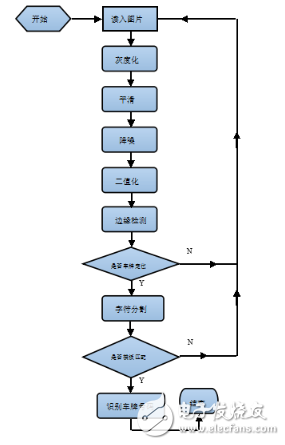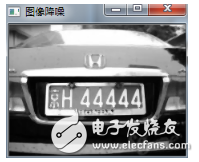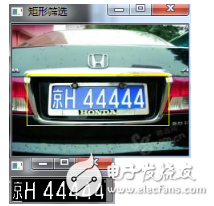With the rapid growth of China's automobile industry, the number of vehicles on the road has increased significantly each year, creating immense pressure and challenges for traditional vehicle management and traffic control systems. To address these issues, Automatic Vehicle Identification (AVI) technology emerged as a key component of modern intelligent transportation systems. Leveraging computer vision, digital image processing, and pattern recognition techniques, AVI captures and analyzes images or video footage from cameras to identify license plate numbers, enabling efficient vehicle tracking and management.
Through advanced post-processing technologies, AVI supports a wide range of applications such as parking lot access control, stolen vehicle monitoring, highway speed enforcement, red-light violation detection, and toll collection. These functions play a crucial role in enhancing traffic safety, improving urban security, preventing congestion, and achieving fully automated traffic management.
**1. Framework Process**

**2. Smoothing**

The first step in license plate recognition is image preprocessing. To simplify calculations, the system typically converts the captured image into grayscale. Grayscale conversion reduces color complexity by making the R, G, and B values of each pixel equal, resulting in a single value between 0 and 255. This makes it easier for subsequent processing steps. In OpenCV, the `cvSmooth` function with median filtering is often used to reduce noise and improve image quality before further analysis.
**3. Binarization**
Local adaptive binarization calculates a threshold for each pixel based on its local neighborhood. Unlike global thresholding, this method adjusts the threshold dynamically, making it more effective in varying lighting conditions. The algorithm works as follows:
a. For each pixel (x, y), calculate the threshold w(x, y) using the maximum and minimum gray values in a window around it:
$$
W(x,y) = 0.5 \times (\text{max} f(x+m,y+n) + \text{min} f(x+m,y+n))
$$
b. If $ f(x, y) > w(x, y) $, the pixel is considered part of the license plate region (value 1); otherwise, it belongs to the background (value 0).
**4. License Plate Localization**

The Canny edge detection algorithm is commonly used for identifying edges in license plate images. It involves three main steps: noise reduction using Gaussian filtering, gradient calculation, and non-maximum suppression to highlight strong edges while suppressing weaker ones. After this, the algorithm applies thresholding to detect continuous edges that form the license plate area.
For fine positioning, the algorithm scans the image from top to bottom and left to right. The license plate usually appears at the lower part of the vehicle. The character region has distinct characteristics, including high contrast between characters and background, a fixed size, and a consistent aspect ratio. By analyzing pixel transitions and row-by-row scanning, the system identifies the horizontal and vertical boundaries of the license plate.
**5. Template Matching**

Once the license plate area is located, template matching is used to recognize individual characters. This involves comparing the detected region with predefined templates for each character, allowing the system to accurately identify the license plate number. This process is essential for applications like traffic monitoring and automated toll systems.
Digital Signage,Digital Menu Display,Digital Menu Board,Digital Signs in Businesses
Guangdong Elieken Electronic Technology Co.,Ltd. , https://www.elieken.com